ECE experts look to the future of the automotive industry, and how new technology—from innovations in electric motors, wireless charging, autonomous systems, and beyond—will not only transform vehicles, but reshape the power grid, influence policy decisions, and impact numerous aspects of society.
(text and background only visible when logged in)
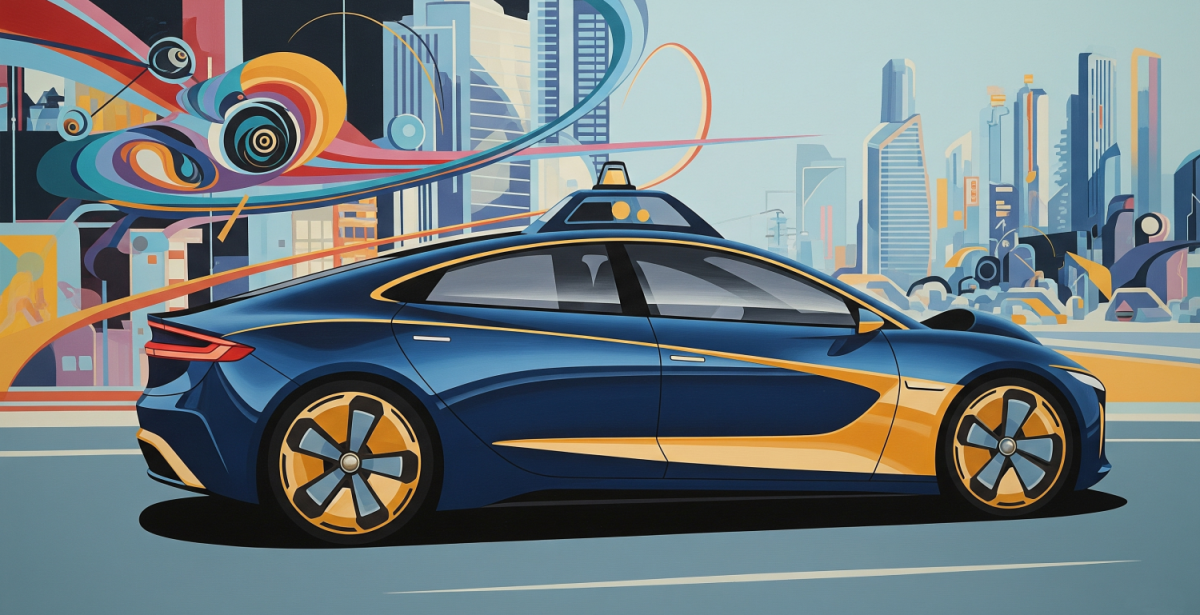
From the humble beginnings of the three-wheeled Benz Patent-Motorwagen in 1886, the automobile has been a continuous story of technological progress. Each era has seen cars push the boundaries of innovation, evolving from early mechanical systems into sophisticated, computer-driven machines.
We’re now in a new generation of automobiles, where roadways are increasingly shared by electric vehicles (EVs) and autonomous vehicles (AVs).
EVs are projected to dominate global car sales by 2030, according to an RMI report. Meanwhile, AVs are gradually entering the mainstream, with 37 percent of new passenger cars expected to be equipped with advanced driver-assistance technologies by 2035, according to McKinsey & Company.
Georgia Tech School of Electrical and Computer Engineering (ECE) researchers are at the forefront of advanced automotive technologies, working on everything from electric engines and computer vision, to modernizing the power grid to support EV charging.
Given current advancements and future possibilities, ECE is helping bring the future car into view, though many surprises and uncertainties remain. Learn what's on the horizon below.
(text and background only visible when logged in)
The Car of the Future will...
(text and background only visible when logged in)
(text and background only visible when logged in)
(text and background only visible when logged in)
(text and background only visible when logged in)
(text and background only visible when logged in)
(text and background only visible when logged in)
(text and background only visible when logged in)
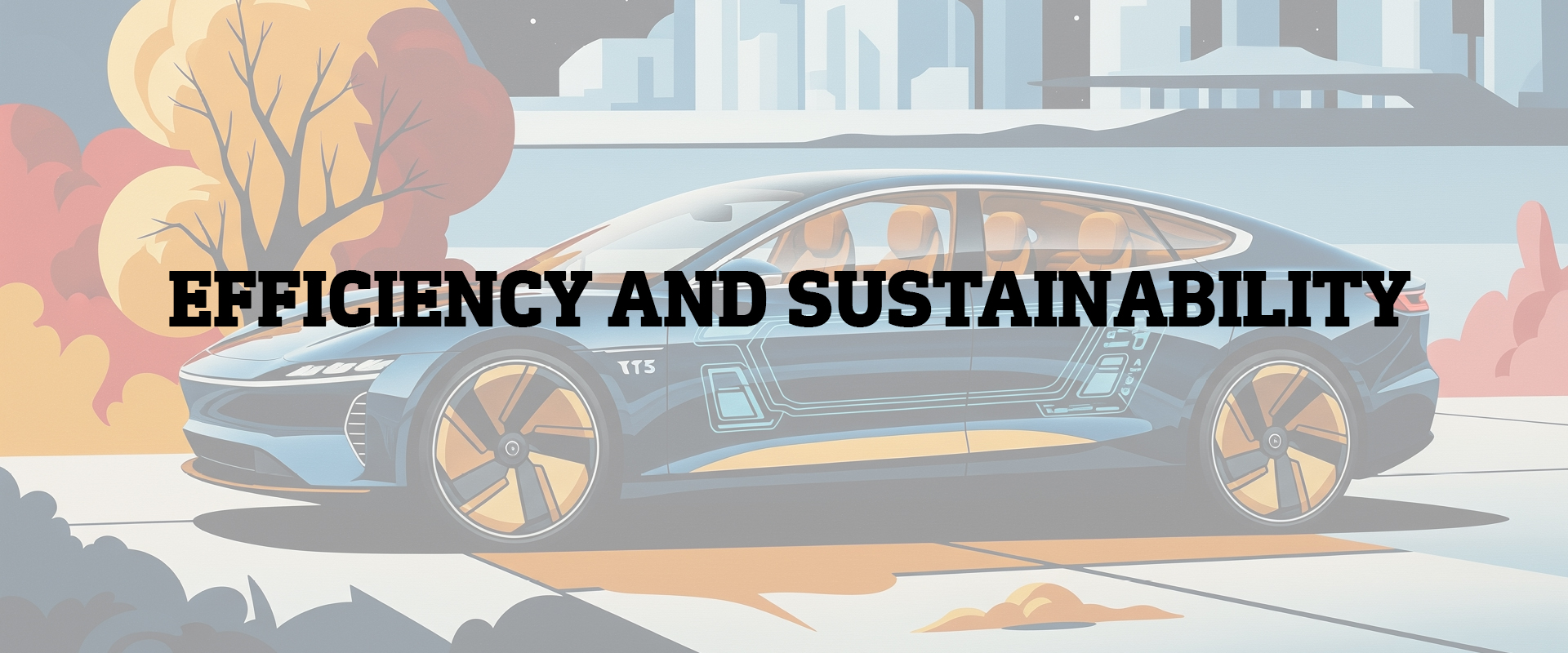
The car of the future will... BE MORE EFFICIENT AND SUSTAINABLE
(text and background only visible when logged in)
ECE Assistant Professor Baoyun Ge, whose research focuses on electric motors, thinks the technology will see a number of innovations in the future that will make them more efficient, leading to cheaper cars overall.
A leading solution is to create high-speed electric motors that spin at higher speeds to achieve more power. This will allow the use of smaller motors with less torque, that are just as powerful.
“The reduction in motor weight and size also means a lighter, more efficient vehicle so developers can allocate that weight and space for other features,” said Ge.
Higher voltage motors are also a growing trend. Right now, most EV motors run at 400 volts. The car of the future may use 800 volts and up, according to Ge. It will allow the systems to run at lower current, which will lead to less power losses in motors and more mileage extracted from the battery.
At the same time, the elimination of rare earth permanent magnets in electric motors is a substantial research focus.
Rare earth permanent magnets, specifically neodymium iron boron (NdFeB) and samarium cobalt (SmCo), are minerals used in electric motors that can produce magnetic fields without electricity and are one of the main reasons electric motors are so efficient.
As the name suggests, these minerals are very scarce on this planet.
Whether or not there are electric motors that are superior to rare-earth-based ones is an open question. There are several candidates that are rare-earth-free, but their performance is often inferior in certain aspects. Seeking higher performance lies in the art of electric motor design, an act of marrying physics, manufacturing, and materials.
(text and background only visible when logged in)
(text and background only visible when logged in)
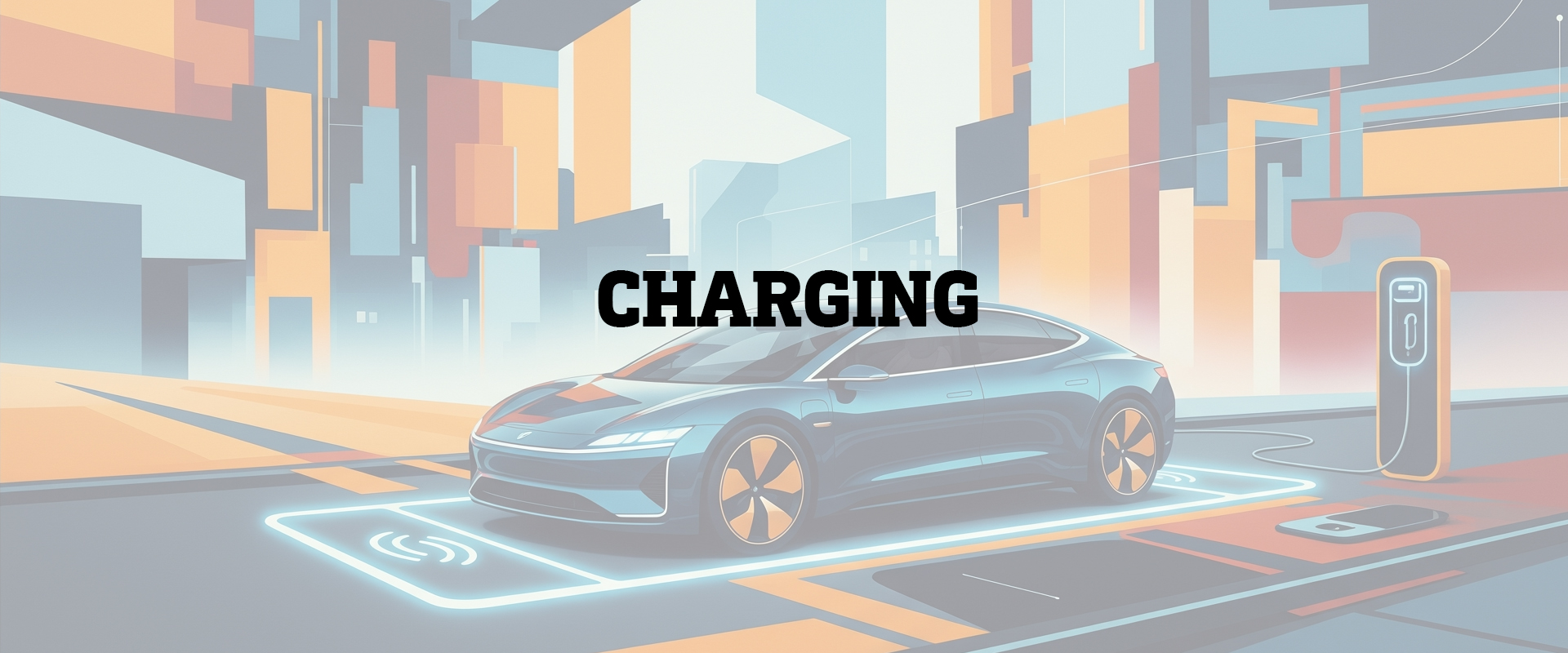
The car of the future will... BE EASIER TO CHARGE
(text and background only visible when logged in)
Having to charge your car battery instead of filling it with gas is becoming more common, but charging can be a challenge when it comes to charging station availability and time.
ECE Professor Maryam Saeedifard looks to two blossoming areas of wireless power transfer (WPT) technology research that aim to set a new standard in charging EV batteries: stationary wireless charging and dynamic wireless charging.
Stationary wireless charging allows EVs to recharge while parked over embedded charging pads, eliminating the need for physical connectors and enhancing user experience.
This is particularly beneficial for public transport fleets, taxis, and personal vehicles in urban environments.
"Stationary charging pads will make EV recharging seamless, removing the hassle of connectors and improving the overall user experience,” said Saeedifard.
Dynamic wireless charging, on the other hand, enables EVs to charge while in motion via inductive coils embedded in roadways, significantly extending driving range and reducing battery size requirements. This approach is especially promising for freight transport and high-usage vehicles, ensuring continuous energy replenishment without downtime.
As WPT technology advances in efficiency and cost-effectiveness, its integration with intelligent grid systems and renewable energy sources will further accelerate the adoption of EVs and the transition to a cleaner, more sustainable transportation ecosystem, according to Saeedifard.
(text and background only visible when logged in)
(text and background only visible when logged in)
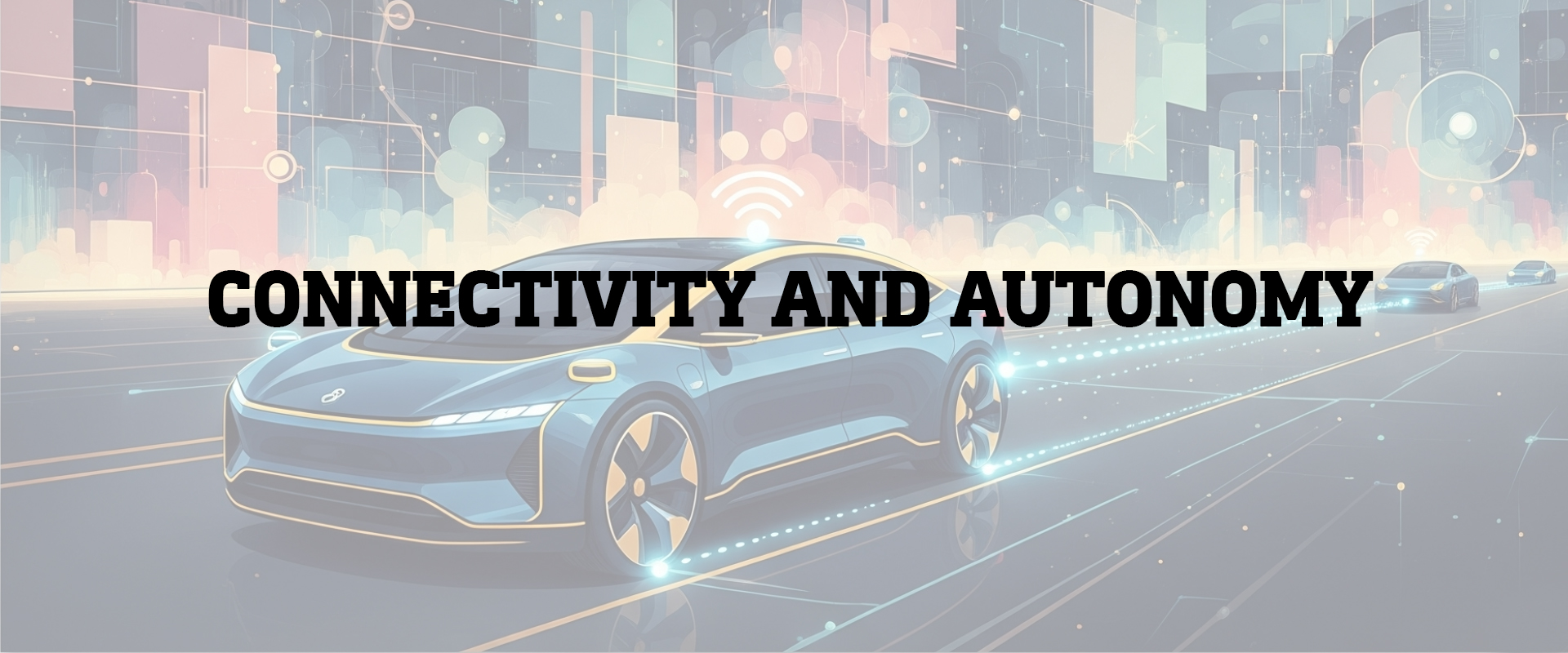
The car of the future will... REACH NEW LEVELS OF AUTONOMY AND CONNECTIVITY
(text and background only visible when logged in)
Self-driving cars appear to be the future, and that future is quickly approaching, with several cars on the road already equipped with certain self-driving capabilities. These vehicles use advanced driver-assistance systems (ADAS) to help them navigate and keep passengers safe.
There are six levels of autonomy, zero to five, and according to Associate Professor Sam Coogan, who researches control and autonomous systems, many car manufacturers currently aim to reach level three autonomy in their AVs. This means the vehicle can take over many driving tasks, but the driver can still intervene when needed with reasonable lead time.
“While some cars have been able to semi-reliably demonstrate level two autonomy, think of Tesla’s Autopilot system, the future is much more expansive,” said Coogan.
Coogan says the self-driving car of the future will be somewhat unique to the driver. Some drivers are more aggressive, while other are defensive. Location could also be considered, as states not only have different traffic laws but also different driving cultures.
Additionally, the automotive industry is evolving with the introduction of connected autonomous vehicles (CAVs). CAVs use Vehicle-to-Everything (V2X) technology to communicate with each other, infrastructure, and even pedestrians.
This connectivity allows CAVs to share data about road conditions, traffic, and potential hazards, which helps AVs make more informed decisions.
As a result, CAVs can reduce traffic congestion, minimize accidents, and optimize routes more effectively than AVs operating in isolation.
“Recent advances in inexpensive sensors, wireless technology, and the Internet of Things (IoT) enable real-time connectivity of vehicles and infrastructure that offers abundant data and unprecedented opportunities for efficient and optimized transportation systems,” said Coogan.
(text and background only visible when logged in)
(text and background only visible when logged in)
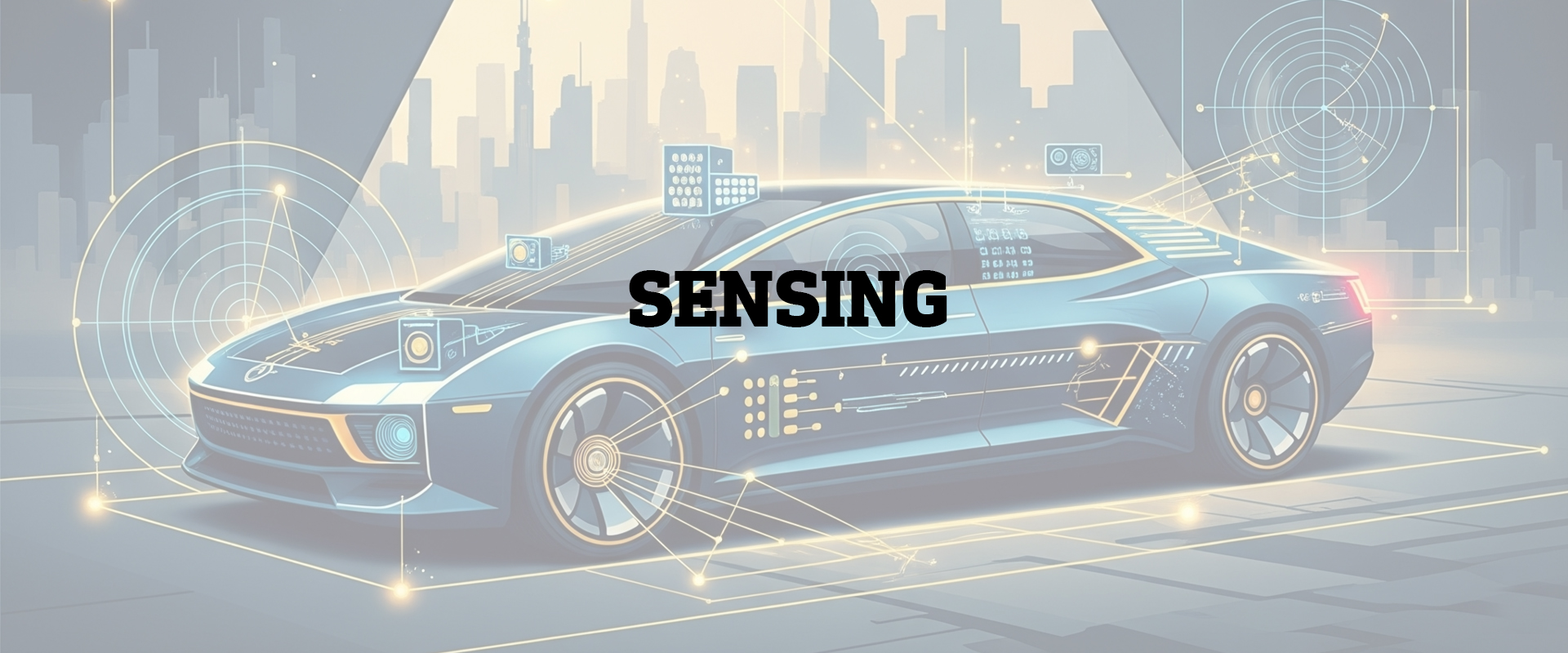
The car of the future will... HAVE HEIGHTENED SENSES
(text and background only visible when logged in)
Many vehicles, autonomous or not, are already outfitted with plenty of sensors. The most known are light detection and ranging (LiDAR), and radio detection and ranging (RADAR).
Professor Karthikeyan Sundaresan specializes in acoustic sensors and their diverse applications, including their potential use in enabling vehicles to "hear."
These sensors could help vehicles detect sounds such as emergency sirens, horns, and other auditory cues that human drivers rely on, enhancing situational awareness and safety of AVs in complex environments.
Acoustic sensors can also utilize high-frequency audio waves to transmit information and have proven to be a reliable alternative, at least in short ranges, to RF sensors, which can suffer from crowded bandwidths due to their widespread use.
“With complementary acoustic sensors, we could augment RF to achieve more dependable vehicle-to-vehicle communication,” Sundaresan said. “This multi-modal technology can help maintain consistent data exchange, which is especially important for critical control message exchanges that are essential for the safety and efficiency of connected autonomous vehicles."
Another interesting potential use for acoustic sensors is in automotive infotainment, where distributed acoustic sensors can help deliver “personalized acoustic zones” within the confines of the AV, where tailored audio streams are delivered to respective subjects without impacting others. This can lead to both personalized infotainment as well as better safety through reduced distraction for drivers.
Many ECE researchers are also working at the cutting edge of computer vision, helping vehicles to "see" with maximum efficiency.
For example, Professor Ghassan AlRegib’s OLIVE (Omni Lab for Intelligent Visual Engineering and Science) team is working to develop algorithms that enable vehicle cameras to quickly supply information to the car’s computers, allowing for rapid and accurate decision-making.
“We’re providing machines with the robust algorithms and datasets they need to better see, learn from, and respond to the world around them,” said AlRegib. “As researchers endeavor for higher levels of autonomy in technology, safety-critical functions demand powerful algorithms.”
AlRegib’s has recently introduced a comprehensive traffic sign detection dataset under controlled challenging conditions, aiding the development of deep learning models for safer AV decision-making in various weather scenarios.
(text and background only visible when logged in)
(text and background only visible when logged in)
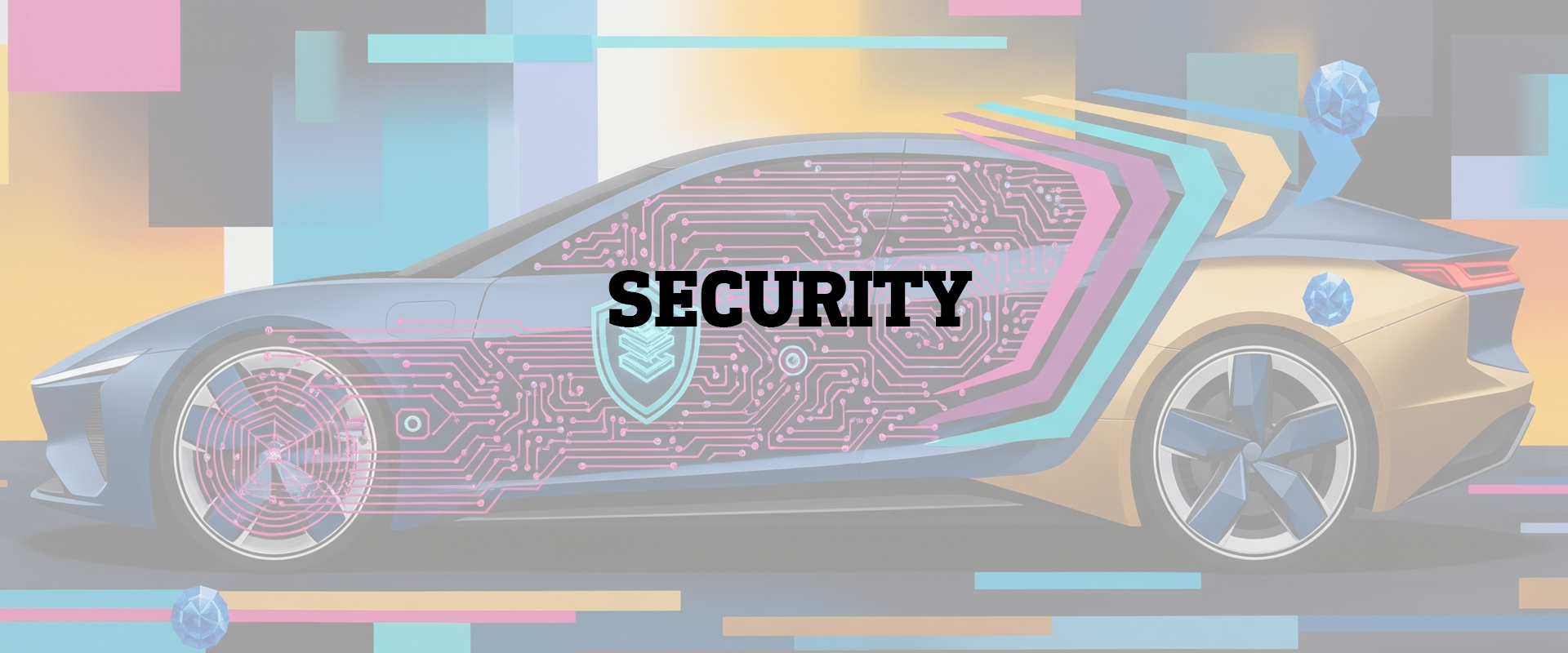
The car of the future will... NEED TO BE SECURE
(text and background only visible when logged in)
The increasing autonomy and interconnectivity of modern vehicles position them firmly within the domain of cyber-physical systems and critical infrastructures, as defined by the U.S. Department of Homeland Security’s (DHS) transportation sector.
Associate Professor Saman Zonouz's research group spends its time researching cybersecurity for modern technology, including future cars. One project, led by Ph.D. student Zhaozhou Tang collaborates with various industry partners such as Hyundai.
Using real-world testbeds at Georiga Tech, the team validates their developed solutions such as ERACAN for in-vehicle network security that recently won the Distinguished Paper Award at the prestigious ACM Conference on Computer and Communications Security (CCS).
Traditional vehicle architectures, using isolated electronic control units (ECUs), are being replaced by centralized, software-defined systems that manage vehicle operations through over-the-air updates and cloud-based services.
“This increased connectivity introduces new attack surfaces, making cybersecurity a critical factor in ensuring vehicle safety and reliability,” said Zonouz.
Autonomous and connected vehicles rely on multiple layers of sensing, actuation, and control mechanisms, all of which present potential attack vectors for adversaries.
Beyond the vehicle itself, cybersecurity challenges extend to vehicle-to-vehicle (V2V) and vehicle-to-everything (V2X) communications, including interactions with charging stations and cloud-based platforms.
Zonouz emphasizes that while real-time cryptographic protections are important, they aren't enough on their own. Attack detection methods can spot threats but detecting them in real-time is often too late because vehicles are already moving.
“Current intrusion response and recovery solutions remain inadequate, necessitating a focus on resilience,” he said. “The ability to maintain core automotive functionality despite malicious or accidental disruptions is crucial.”
(text and background only visible when logged in)
(text and background only visible when logged in)
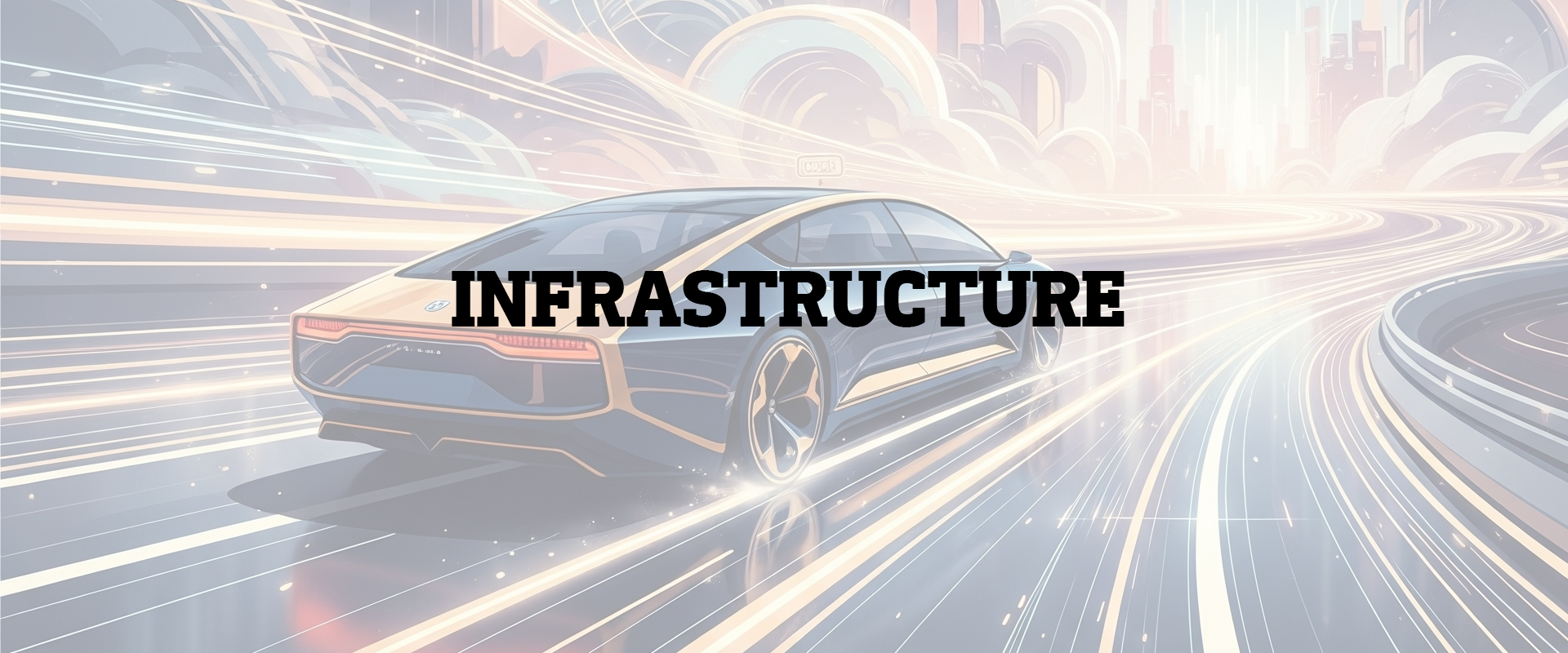
The car of the future will... REQUIRE UPDATED INFRASTRUCTURE
(text and background only visible when logged in)
The electrification of vehicles presents an unprecedented problem: how will the power grid handle this increase in demand?
Along with the current load the grid handles, it now must handle the addition of millions of EVs that depend on it for power.
“The easy answer is that the power grid is going to need to grow significantly,” said Professor Santiago Grijalva. "It will require significant investment, new energy sources, and excavation work in some populated areas”
Researchers like Grijalva are working on algorithms, smart grid technologies, and energy storage solutions to help find answers.
One idea is a strategically schedule EV charging in areas that are densely populated with EVs so the system is not overloaded and doesn’t interfere with the electricity going to homes and businesses.
The other is implementing a pricing system where people who had less battery life could pay to get charged first.
With EVs growing in popularity, Grijalva says there also needs to be more charging stations built, which presents additional questions about location, regulations, and environmental impact.
“There is a lot of work being done to answer these hard questions and responding to the car of the future is pushing us along,” he said.
(text and background only visible when logged in)
(text and background only visible when logged in)

The car of the future will... CHANGE PUBLIC POLICY
Incorporating the electrified car of the future to the current domestic power grid faces obvious obstacles, but Associate Professor Daniel Molzahn points out that there are also important, less visible policy concerns that need answers.
Collaborating with Professor Coogan and H. Milton Stewart School of Industrial and Systems Engineering A. Russell Chandler III Chair Professor Pascal Van Hentenryck, one question Molzahn is looking at is what happens in the case of an emergency evacuation.
“Usually everyone rushes to one of the many gas stations around them to fill up their tank. What happens if there are many more electric cars on the road?,” asks Molzahn. “As it stands, power grids could be overloaded, leading to many people being unable to charge their car and evacuate in a timely manner.”
Not only will people’s lives be impacted by the electrification of vehicles, but the environment will too.
One of the promises of electric vehicles is to create more eco-friendly transportation infrastructure, as they eliminate tailpipe emission, which account for 28 percent of the carbon dioxide released into the atmosphere each year. But EVs still need power sourced from somewhere.
Molzahn is part of a team with School of Civil and Environmental Engineering Associate Professor Jennifer Kaiser and School of Economics Assistant Professor Dylan Brewer that is spatially analyzing the net impacts of the reduction of emissions from cars and the potential increase in power plant emission as a result of the additional power grid capabilities needed to support the widespread charging of EVs.
(text and background only visible when logged in)
“While the research is fairly new, what is clear is the shift in pollution sources will continue to have an impact on the environment, as well as human health,” said Molzahn.
To properly compensate for all these changes, modifications to infrastructure and the way its governed will be necessary. What those solutions are remain to be seen, but Molzahn says it will require plenty of built in flexibility.
(text and background only visible when logged in)
(text and background only visible when logged in)
Related Content
ECE Leading the Way in Smart Agriculture Innovation
From protecting crops to translating chicken clucks, researchers at the Georgia Tech School of Electrical and Computer Engineering are shaping the future of agriculture.
ECE Benchmarking Making Major Advances in Machine Learning
As machine learning become more integrated into everyday life, the benchmarking of the ever-evolving technology done by ECE researchers is improving algorithms and unlocking new possibilities.









